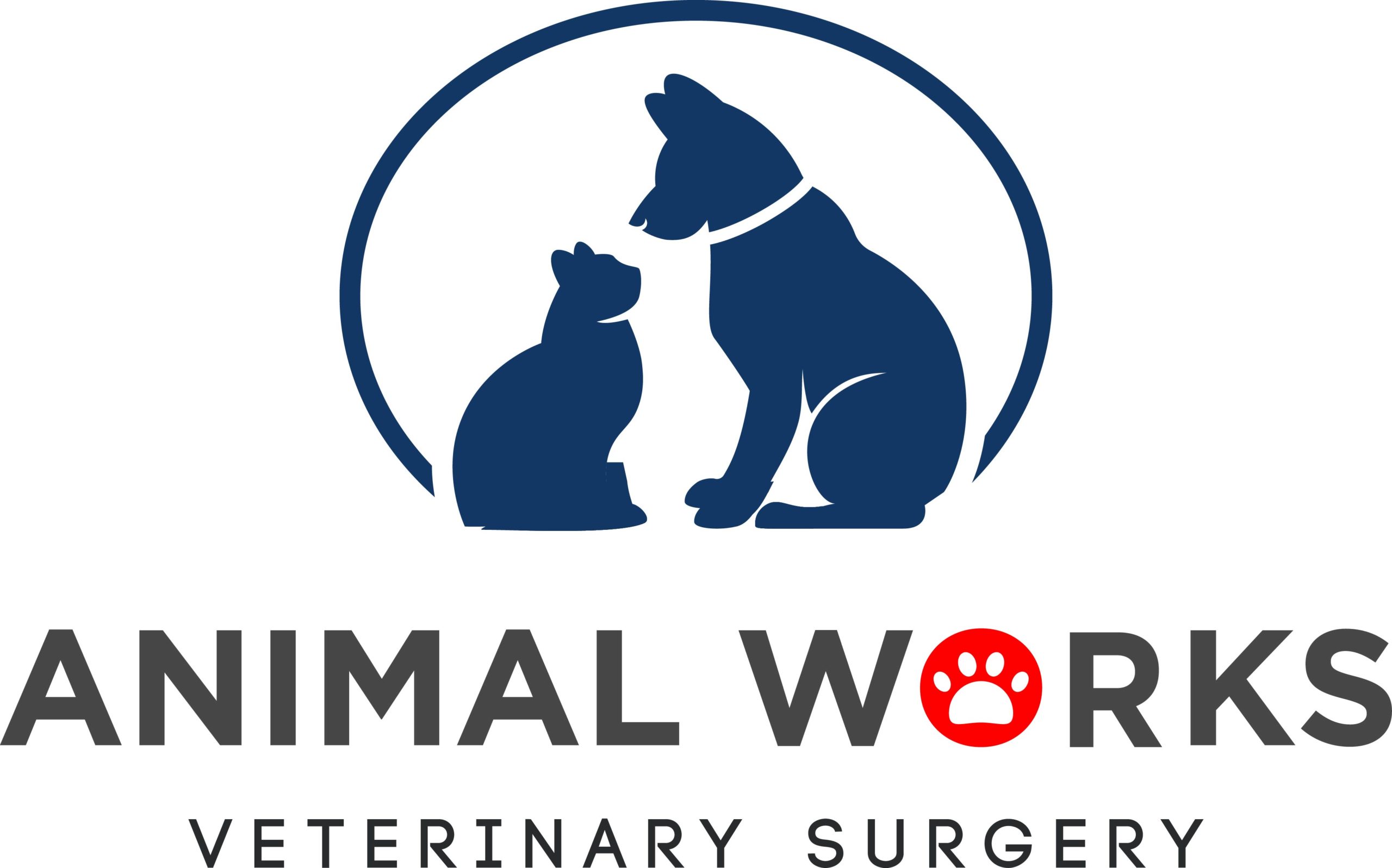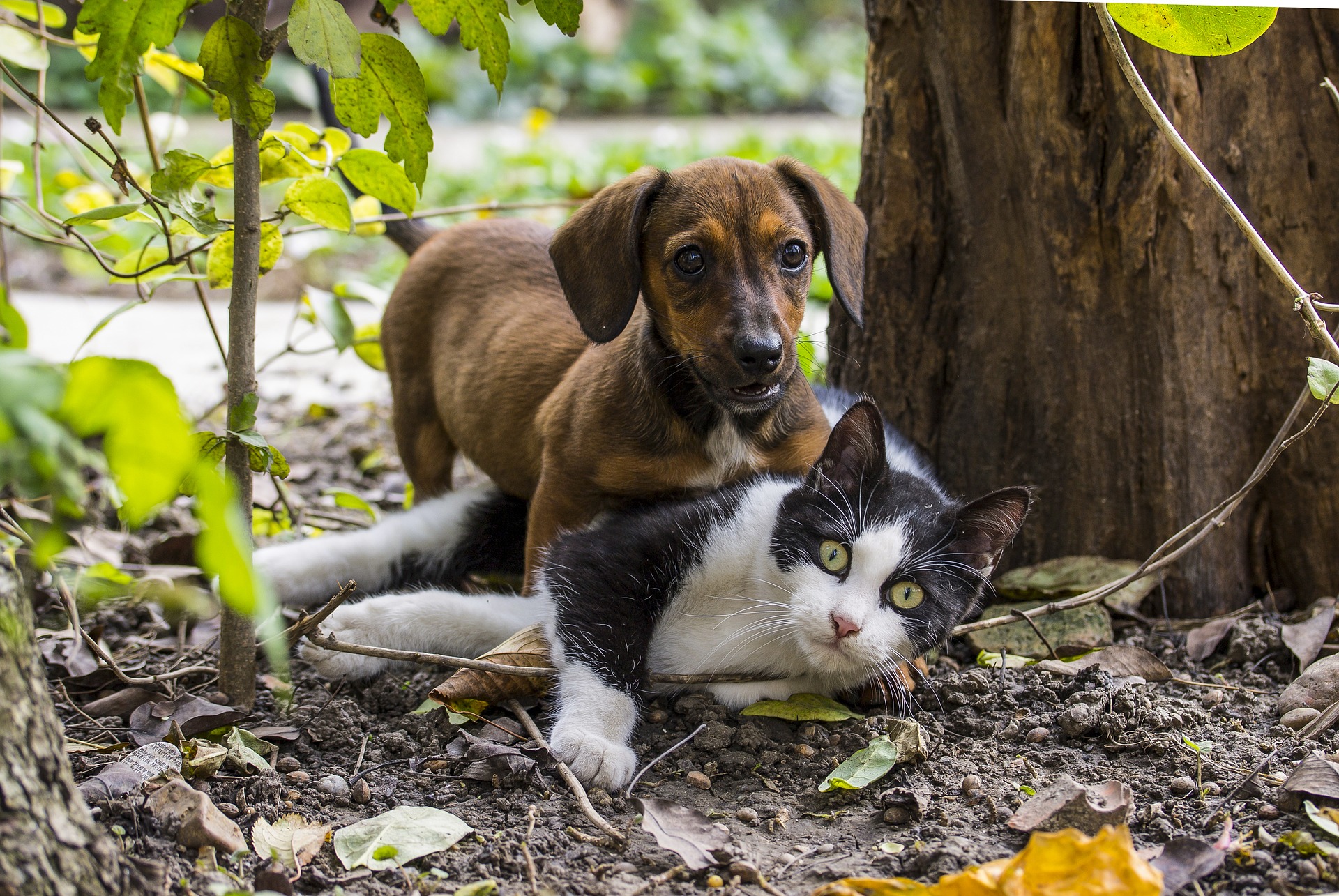All You Need to Know
Spaying or neutering is one of the most responsible ways pet owners can care for their pets. On top of the benefits to your pet, many cities also require or encourage spaying or neutering. By spaying or neutering your pet, you will help control the pet homelessness crisis, which results in millions of healthy dogs and cats being euthanized in the United States each year. Often these animals are offsprings of cherished family pets. Spaying or neutering is a proven way to reduce pet overpopulation, so every pet has a forever home and family that loves them.
5 Reasons You Should Spay or Neuter Your Pet





What is the difference between spay and neuter?
Spaying is a surgical procedure for females. During this surgery, the entire reproductive tract, both ovaries, and uterus, is removed. Neutering refers to the procedure that is done for males. During this surgery, we remove the testicles. The scrotum is left as is and most often will shrink over time.
When to Spay/Neuter Your Pet?
Although we do not require your pet to be a certain age, we recommend having them fixed between 4- 6 months of age. However, it is recommended for each individual owner to discuss their specific circumstances with their primary vet.

What Do I Need to Know to Prepare for My Pet’s Surgery?
A referral from your primary veterinarian is NOT required for spay and neuter appointments. Older pets or those with existing health problems may be required to have a pre-surgical exam before surgery. The night before surgery, we ask that you refrain from feeding your pet past 10 PM and no breakfast the day of surgery, but water is ok. If your pet is dirty or due for grooming, feel free to bathe them. Pets will not be allowed to have a bath for the next two weeks after surgery. Please let us know if your pet is on any medications or supplements, as well as if any known allergies, drug, or vaccine reactions have occurred.
At the time of your scheduled drop-off, a team member will meet with you and take time to make sure to answer any questions or concerns you may have. We ask that you fill out our Spay/Neuter Authorization Form before your scheduled drop-off.
A team member will call or text you to let you know when your pet is out of surgery and in recovery. They will also let you know what time to pick your pet up to go home.
Please ensure your pet does not have any of the following symptoms before the appointment: no vomiting, diarrhea, coughing, sneezing, lethargy, loss of appetite, or anything that appears as odd or not normal behavior for your pet.
We strongly recommend that ALL pets be up-to-date on vaccinations, primarily Rabies and DA2PP (dogs)/ FVRCP (cats). Please note, proof of these vaccinations from a qualified veterinarian will need to be provided prior to or during your appointment. Bloodwork is required for all pets five years and older. All cats must be in a sturdy appropriate size carrier and all dogs on leashes.
Please note we accept cash, CareCredit, Scratchpay, and most major credit cards (no Checks). Full payment is due at the time of pickup.
Will My Pet Receive a Tattoo?
Yes! All pets will receive a small, straight-line green tattoo near the incision site or abdomen. The tattoo will let future caregivers know that your pet has been fixed if a situation arises where you are unable to, and it’s especially helpful if your pet were ever lost and found.
What is Cryptorchid?
Cryptorchidism is a condition in which a male dog’s testicles have not completely descended into the scrotum. Descent to the final scrotal position should be completed by two months of age. If the testicles have not descended by six months of age, they are considered cryptorchid or retained. Left unchecked, this condition can lead to pain during urination, secondary infections, and cancer.
In most cases of cryptorchidism, the testicle is retained in the abdomen or in the inguinal canal (the passage through the abdominal wall into the genital region through which a testicle normally descends). Sometimes the testicle will be located just under the skin (in the subcutaneous tissues) in the groin region, between the inguinal canal and the scrotum. Neutering and removal of the retained testicle(s) are recommended as soon as possible. The prognosis is great for dogs that undergo surgery early before problems develop in the retained testicle. The surgery is relatively routine, and the outcomes are positive.
What is a Scrotal Ablation?
Scrotal ablation is the medical term referring to the surgical removal of the scrotum. The scrotum is the pouch-like sac that houses the testicles of a male animal. This procedure is most commonly performed on male dogs and rarely on cats. The procedure is usually done for one of three primary reasons. The most common reason for scrotal ablation is due to excessive fluid accumulation in the scrotum after neuter. This can occur because your dog has been too active post-surgically or has been licking his incision excessively after surgery. Older, larger breed dogs are more prone to this post-surgical complication. Scrotal ablation is also performed when there is a cancerous growth associated with the testicles and/or scrotum in an attempt to remove cancer altogether. A less common reason for scrotal ablation is when the scrotum is removed prophylactically, or as a preventive means, for a scrotal hematoma, which is the term that refers to the excessive accumulation of blood in the scrotum following neuter. If your dog has a scrotal ablation, you can expect him to have a fairly large incision, depending on the size of your dog or area affected, in the area where the scrotum was previously located. Healing time and post-surgical restrictions are no different than for routine neuter.

